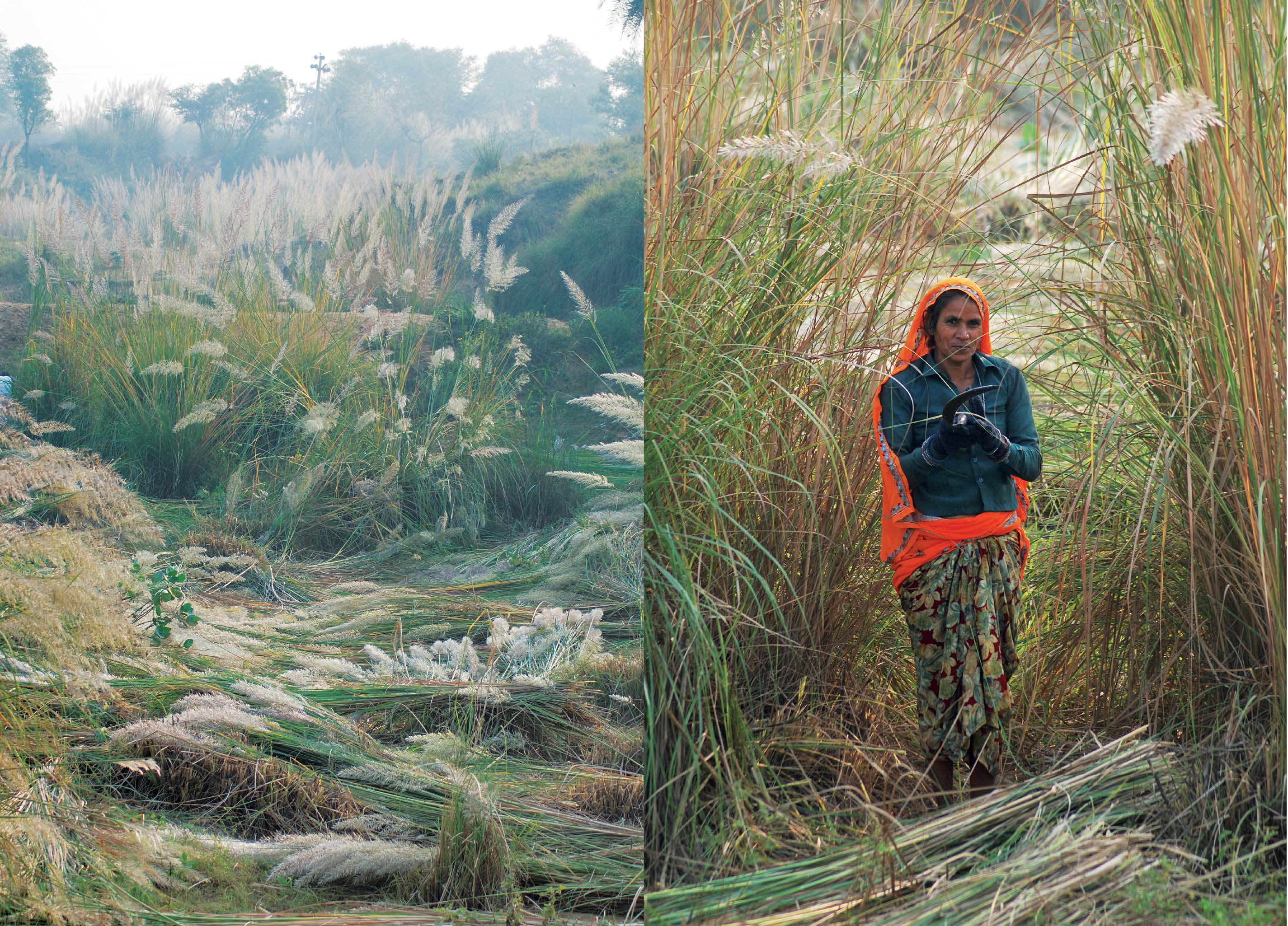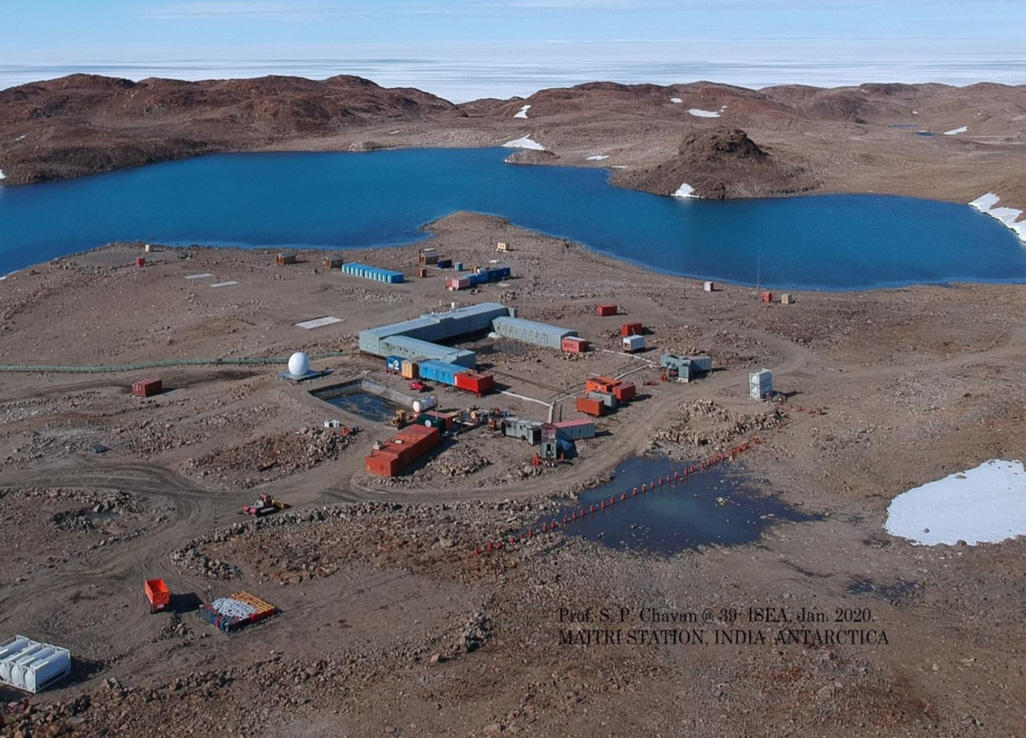Conservation: for the rich, by the rich
Published: Nov 30, 2013
Published: Nov 30, 2013

Photo: Prasad
Saccharum spontaneum being sourced by the villagers around Ranthambore Tiger Reserve to thatch roof.
Keep reading with one of these options :
